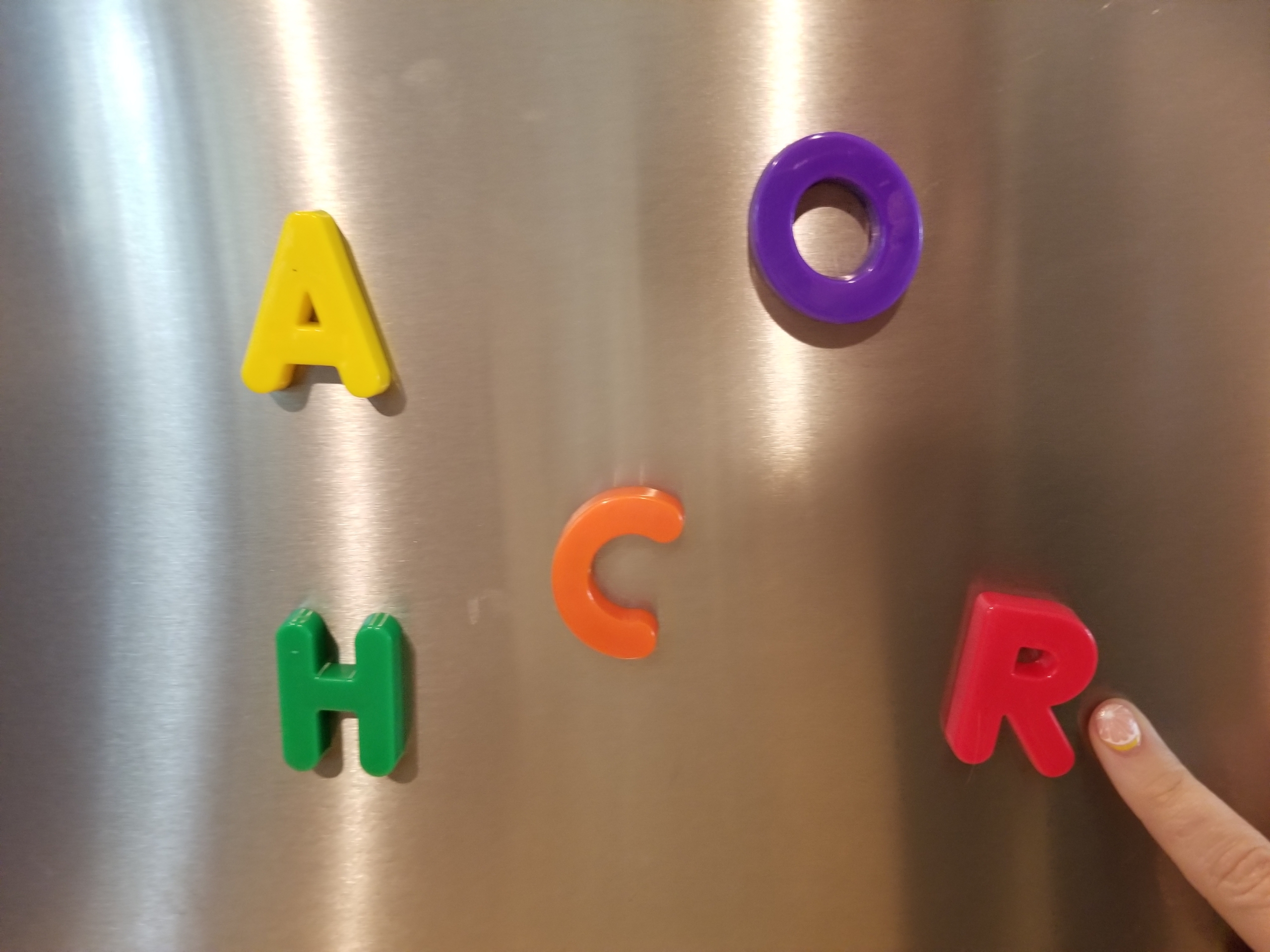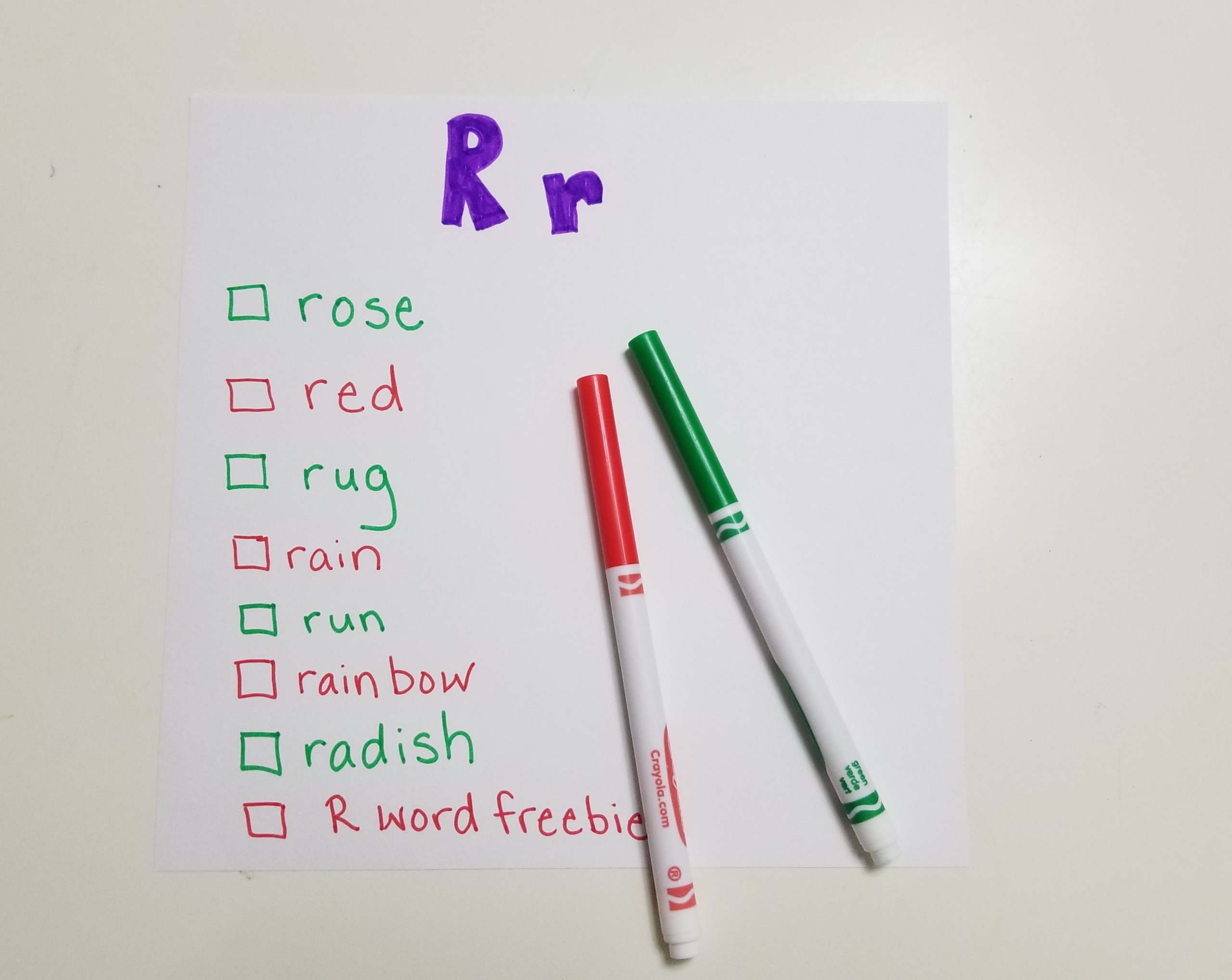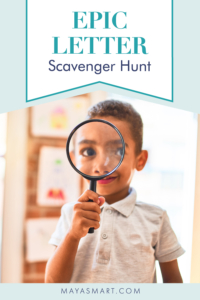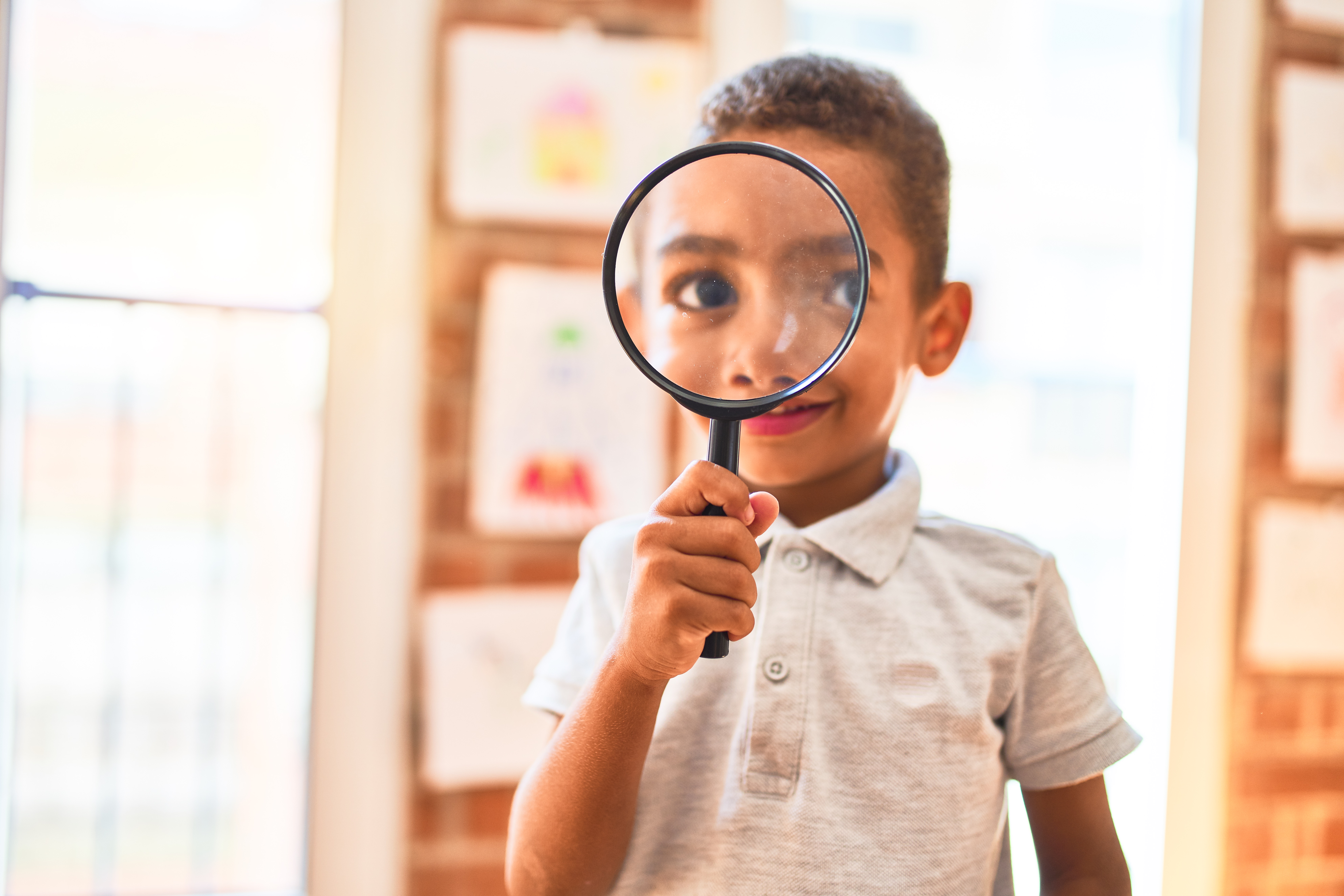By Chrysta Naron
Scavenger hunts are a really dynamic way to get your children involved in the learning process. You can use them to teach math, vocabulary, science, colors, and reading! One of my favorite scavenger hunts to do with kids is an alphabet scavenger hunt. It’s free, fun, takes no prep work, and you can do it anywhere. How can you beat that? What’s more, it needs little to no adaptation for children with limited mobility.
With this particular scavenger hunt, your child will choose a letter and you’ll be searching and listening for that sound. This teaches children phonics as well as what we call phonemic awareness. Phonics is the skill of matching a letter to a sound: For instance, knowing S makes the sounds /s/. Phonemic awareness is being able to hear individual letter sounds within a word. That means being aware that the word sat starts with the sound /s/.
But why are phonics and phonemic awareness important? Both of these skills are important building blocks to becoming a reader. They are the major skills that allow children to hear a word, pick out each sound, and correlate the sound to the letters that make up that word—which is what much of early reading and writing is about!
Read on for teacher-approved and parent-tested tips on how to get the most out of an alphabet scavenger hunt with your young child.
Step 1: Pick out a “letter of the day” with your child. Review the most common sound that letter makes. For example, O as in octopus rather than oval, or C as in cat rather than cent.

Step 2: With your child, create a list of 5 to 10 things that begin with that sound and that you may encounter during your day. Your list can include anything from objects to colors to names, etc. You can even include the lowercase and uppercase versions of the letter itself, so that you and your child can find it on signs, books, or packaging.
Allow your child to illustrate the list, help you write, or write the list independently. This will strengthen their familiarity with the letter and its sound. Plus, it’s fun! Put a checkbox next to each item, so you can mark it off when you find it.
Tip: I like to make sure to include a freebie spot too, in case we come across an unexpected item during our day.
For example, for the letter P we might make a list like this:
- pink
- pillow
- pan
- park
- Peter
- P
- p
- P word freebie

Step 3: Now, the scavenger hunt has begun! Take your list with you throughout the day and ask your child to keep an eye out for the items on the list. Where will you find all these items? At home? At school? At the dentist? You never know where a surprise might pop up.
Bonus: If you feel comfortable letting your child use a camera or borrow your camera phone, I find that taking pictures can be a fun addition. Whenever your child spots the letter or something on the list, have them snap a pic! When you get home, you can sit and look at all the things you found. It gives ample time for bonding and helps deepen their understanding of the letter sound.
How do you keep letter learning fun in your home? Let us know in the comments.
Pin me for reference



